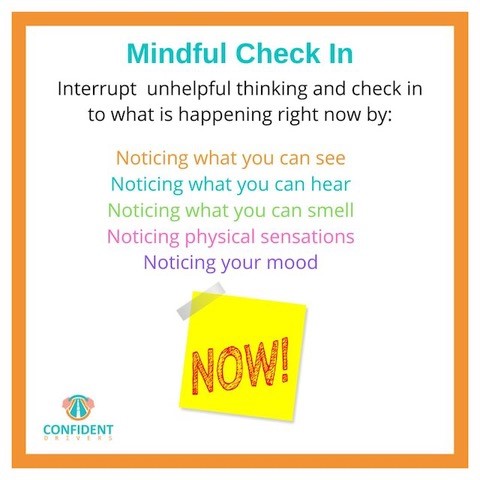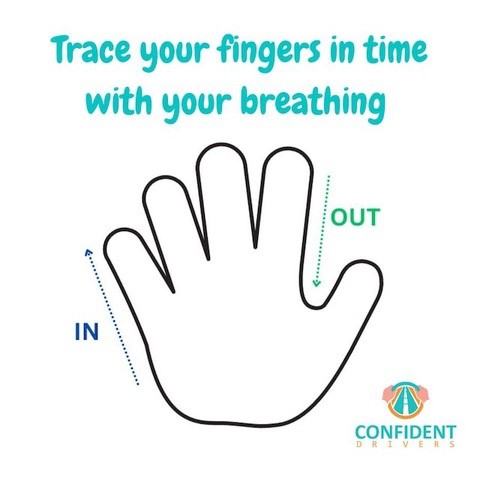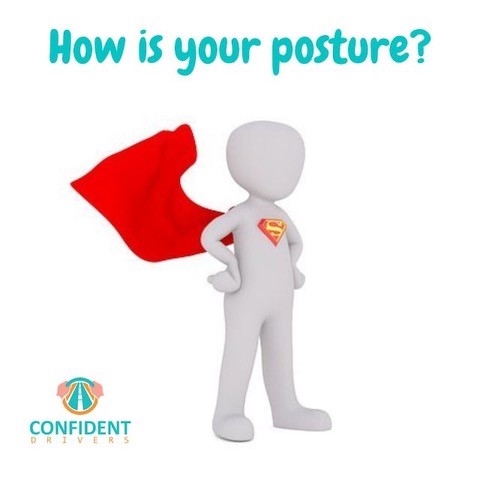The DVSA’s ‘Working as a driver instructor survey 2023’ reported that 9.1% of those who participated, categorised the state of their mental health as poor. Now although the role of a driving instructor can be incredibly rewarding, we know that certain aspects including working alone, combined with external factors such as the current cost of living crisis, can add an unwanted layer of pressure and stress. So, to show our support and in recognition of Mental Health Awareness Day (10th October), we have teamed up with Ken and Tracey Field of Confident Drivers, who have shared their top five tips for improving your mental health and wellbeing.
Do remember that if you find your negative feelings are becoming overwhelming, it is important to seek the help of a medical professional.
1. Thoughts are not Facts!
If you notice yourself having negative concerns, ‘what if’ thoughts or worries that keep repeating in your mind, ask yourself is that a thought or a fact? Just because we are having a thought doesn’t make it true. Reminding yourself and noticing the difference between thoughts and facts can help you reduce your stress levels and keep you focused on what is happening right now, in the present moment.

2. Reset with a moment of mindfulness
If you have had one of those days, a difficult situation to deal with or you are distracted by thoughts then try a quick reset to bring you back into the present moment and calm your nervous system. When you aren’t driving, take some time to notice what can you see, next swap your attention to what you can hear, swap again to what you can feel or touch, then what you can smell and taste. Hopefully after noticing all your senses you will feel more connected with the present moment, ready to continue your day.

3. Pause and breathe
If you feel worried or anxious try to take a moment to pause. Trace up and down the fingers of one hand with the other. Time your breathing to match, breathing in as you trace up one finger and breathing out as you trace down the other side. Continue for as long as you need, slowing down to a comfortable pace for you and your breathing. Regulating your breathing will help you feel calmer and tracing your fingers will help you feel more connected with your body.

4. Check your posture
If you are feeling stressed or anxious check into your posture. If you are hunched, slumped, crossing your arms and legs over your body, gripping the steering wheel or your shoulders are up by your ears then you may be increasing your stress levels with your posture. If possible step outside of the car, have a stretch and a yawn to reset your posture and allow your body to relax and breath again. Research shows that standing or sitting up straight with a confident posture reduces the stress level cortisol in your body.

5. Smile
We know it sounds a bit corny, but smiling really does change the way that you feel and behave. Choosing to smile however you are feeling can lift your mood, reduce anxiety plus it’s infectious. The more you smile, the more likely those who see you will automatically smile back, making your smile more genuine in return.

For further support and details of this year’s Mental Health Awareness campaign, click here
If you struggle with mental health or addiction issues, then contact a service such as Rehab 4 Addiction

info@msagb.com
01787 221020
01787 221299
9am - 5pm